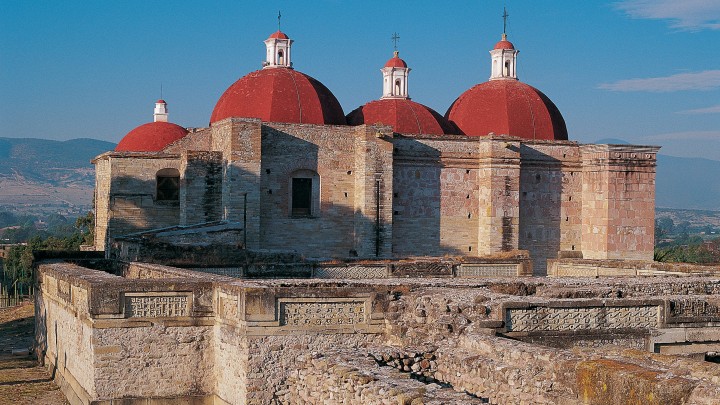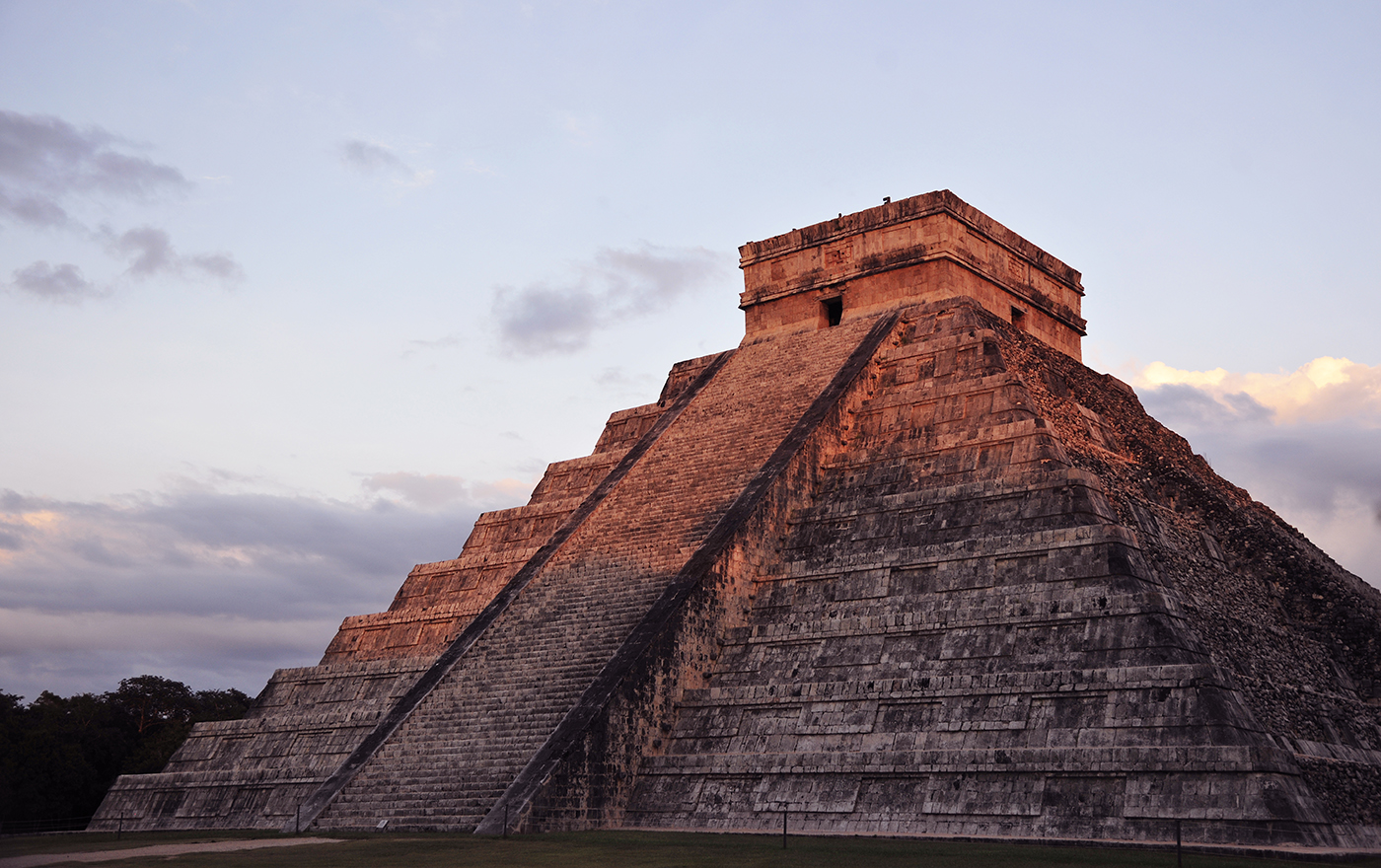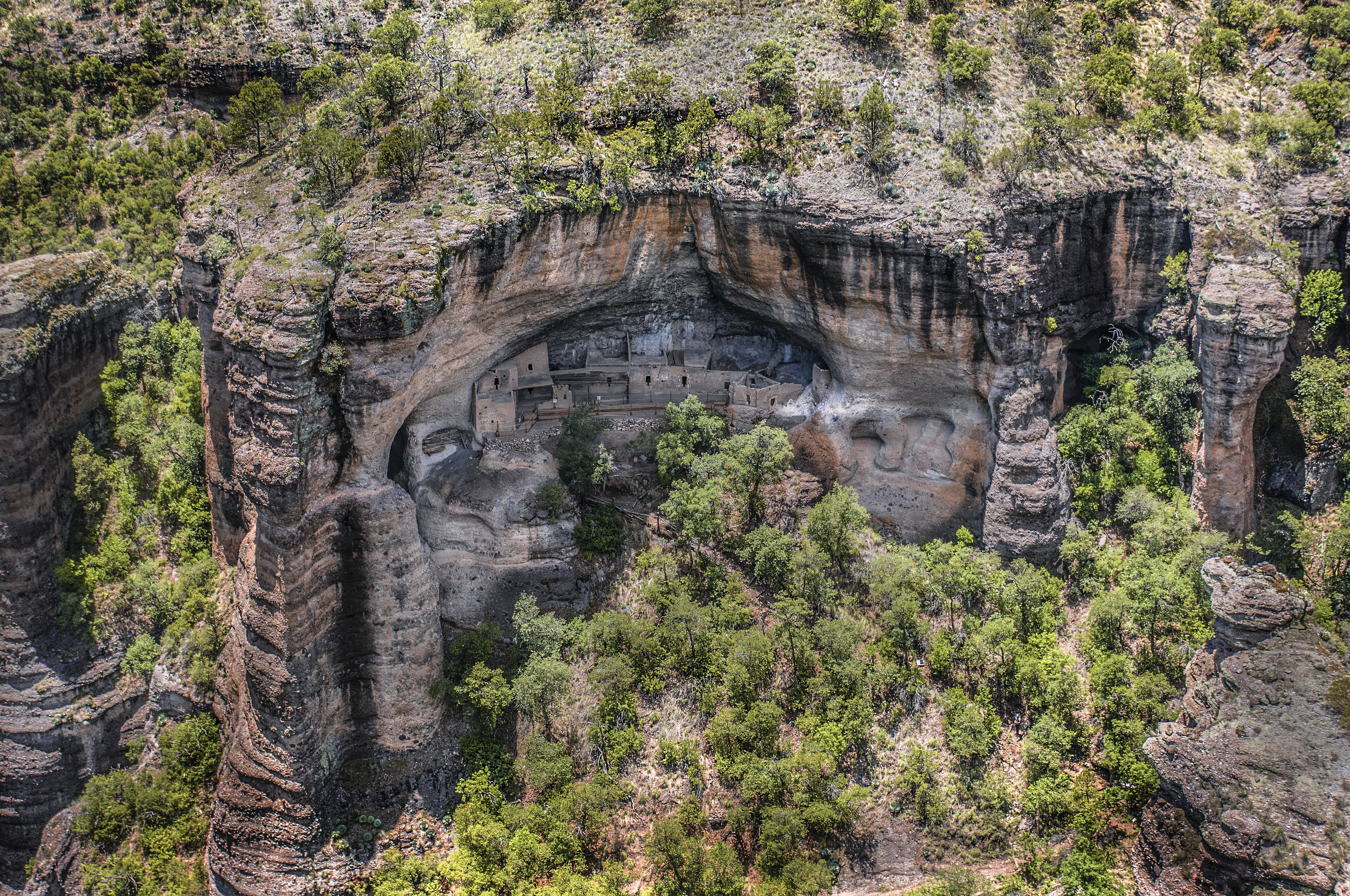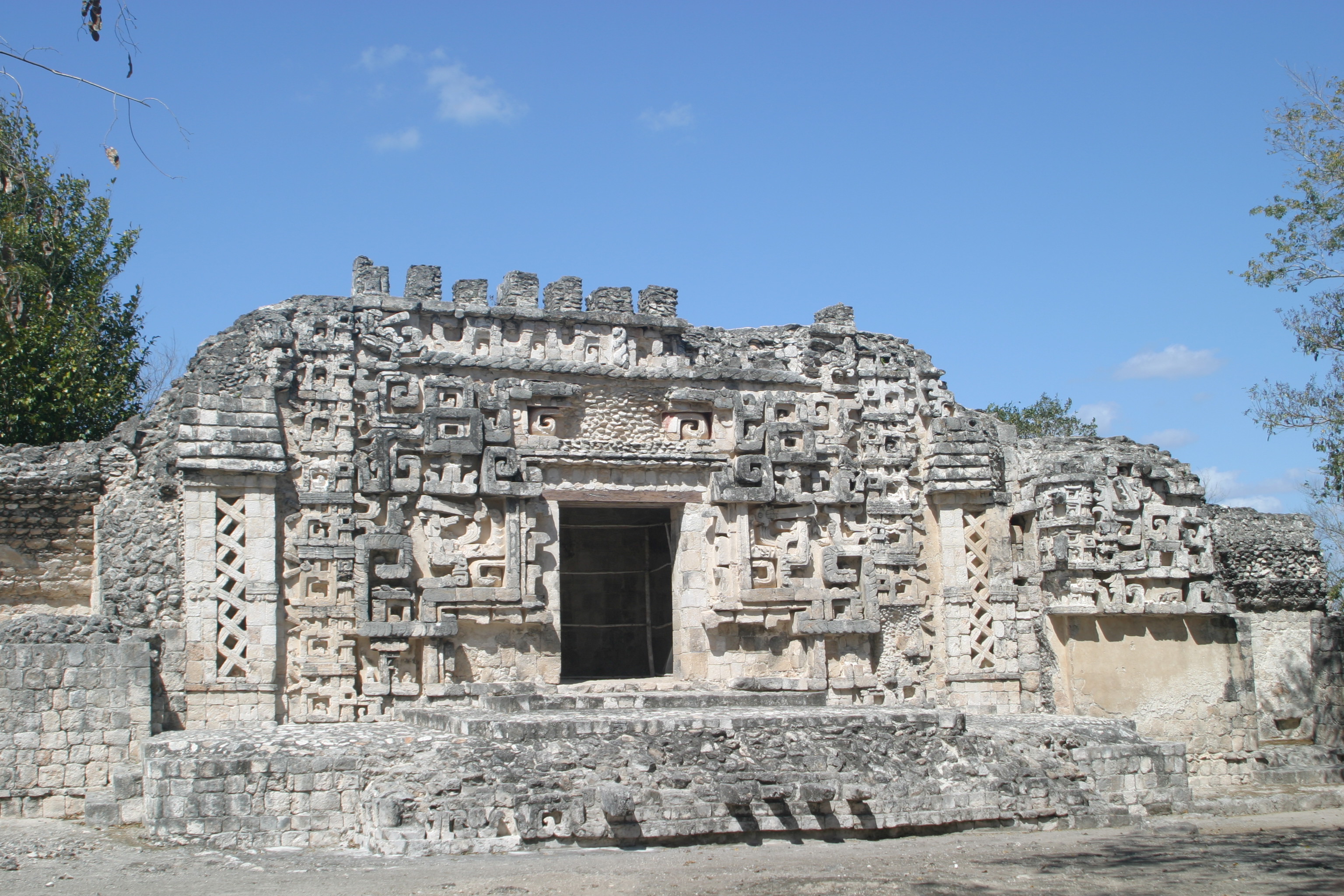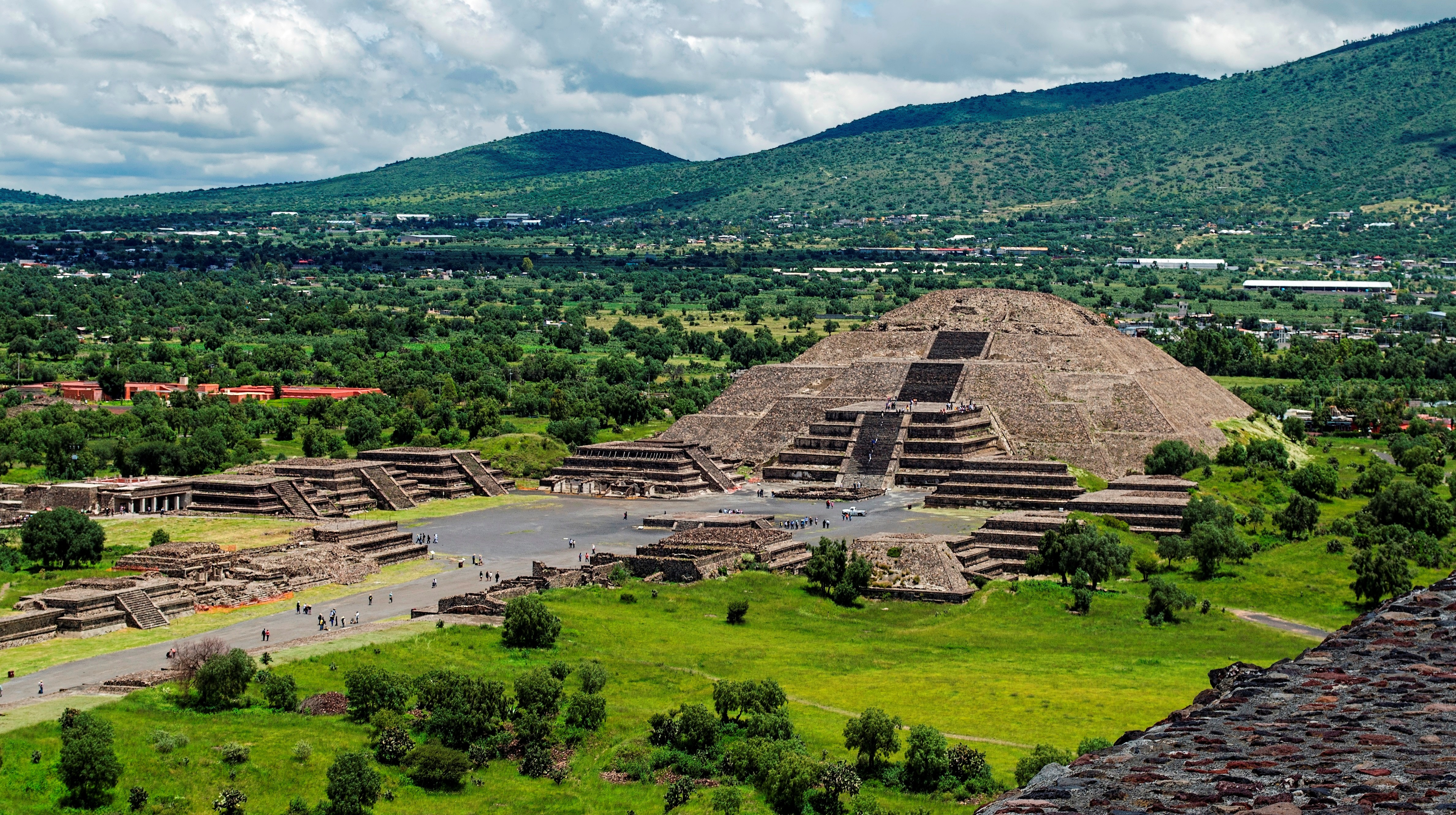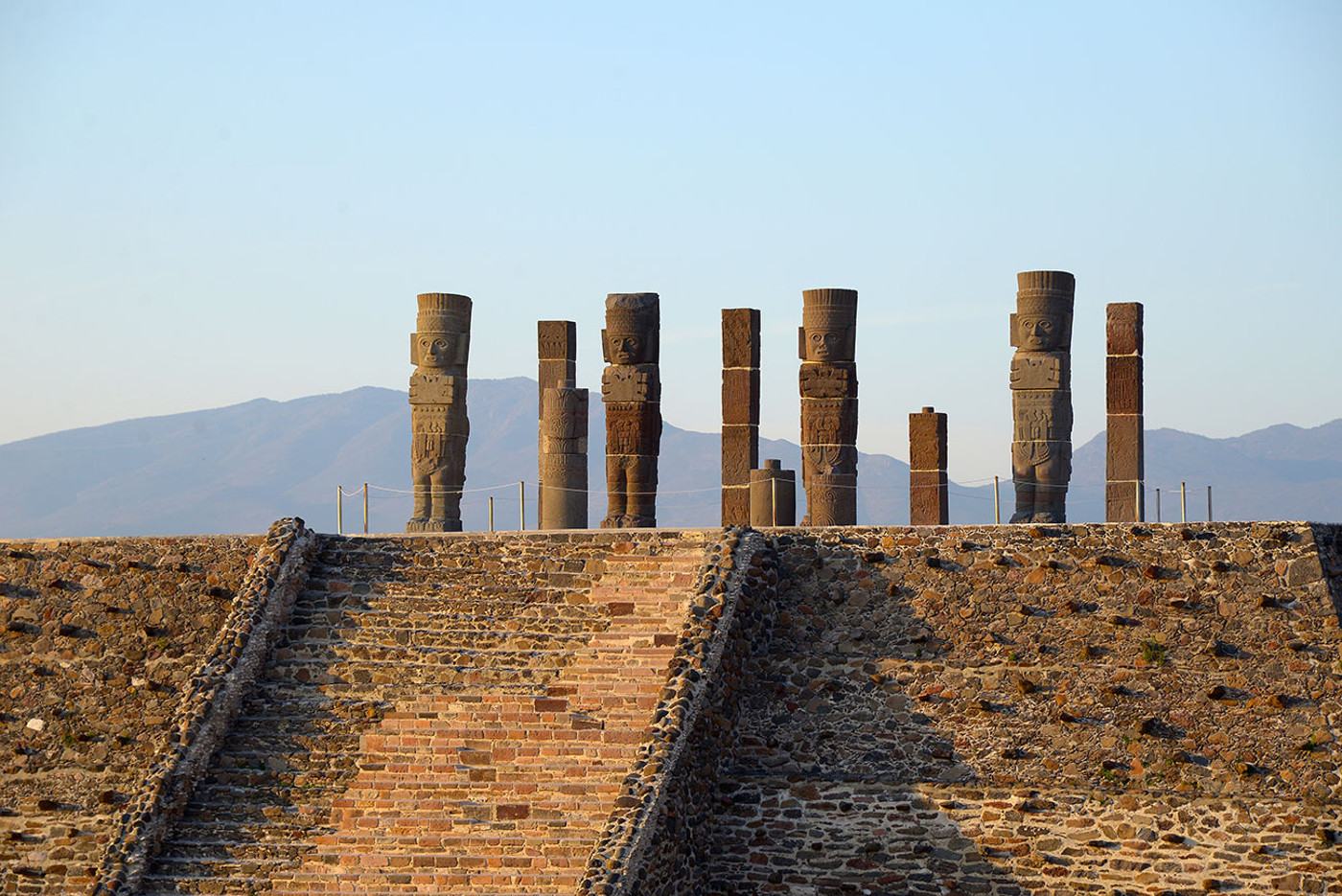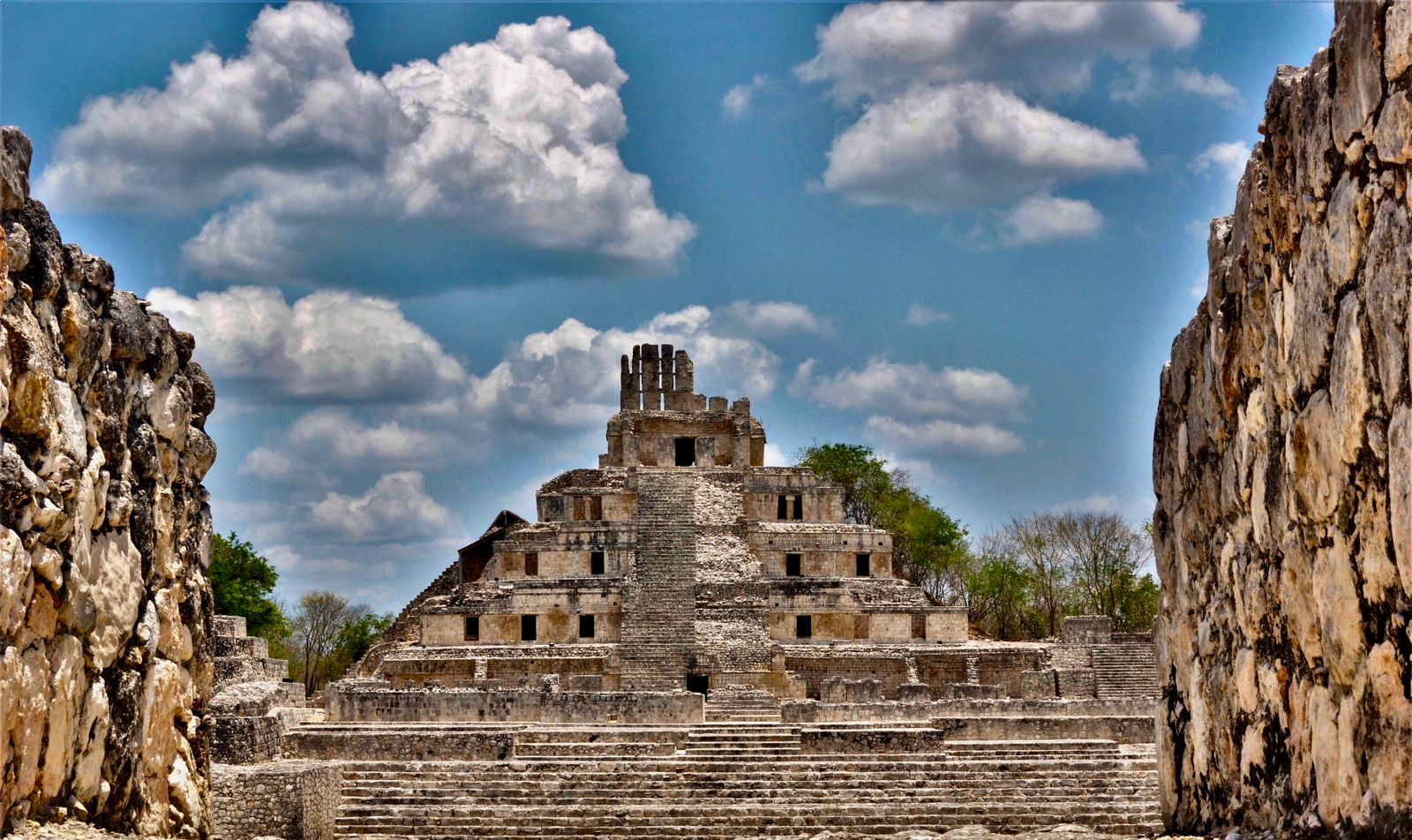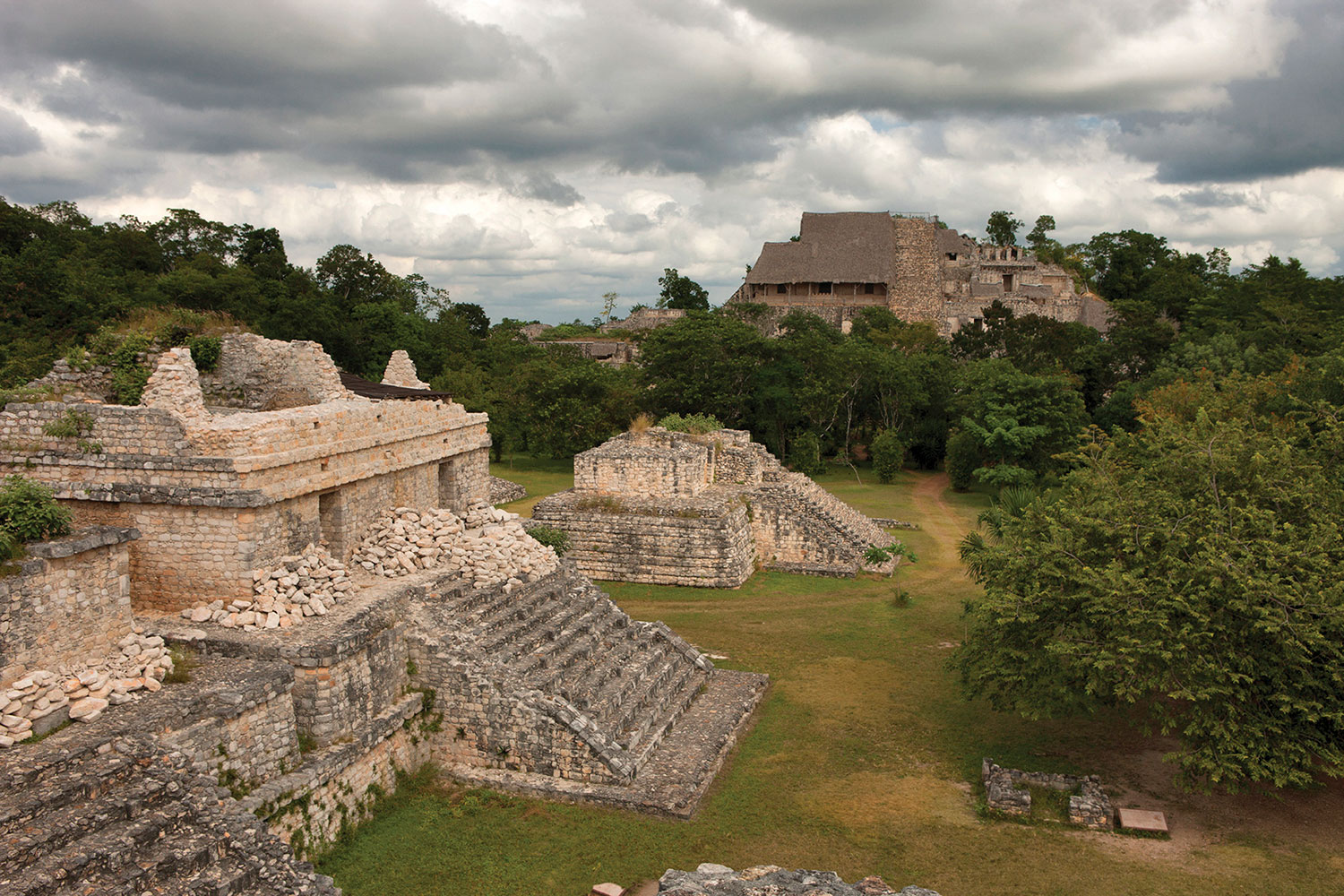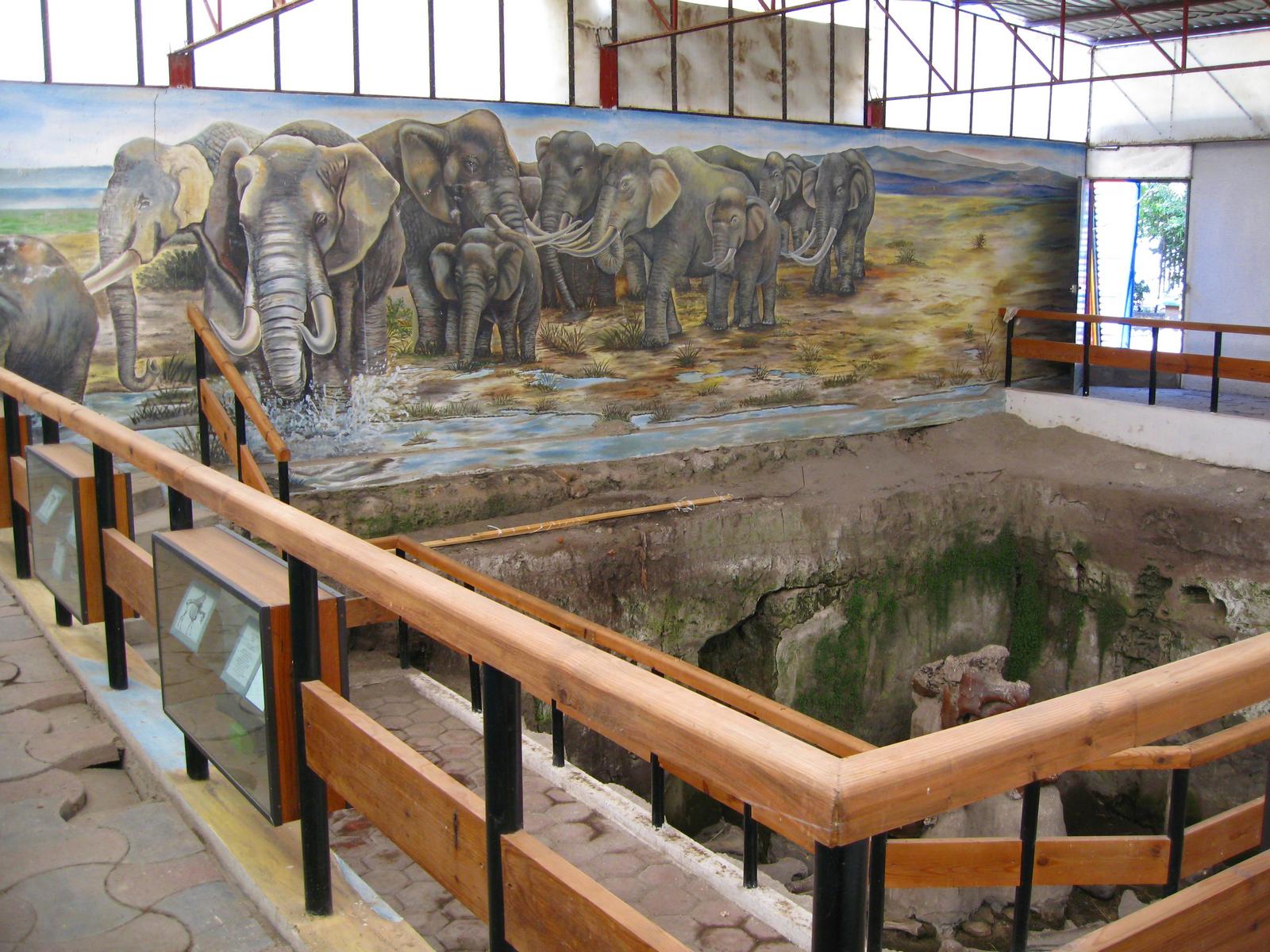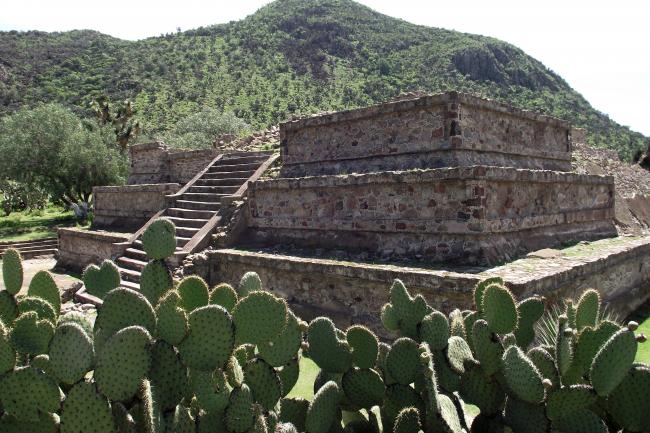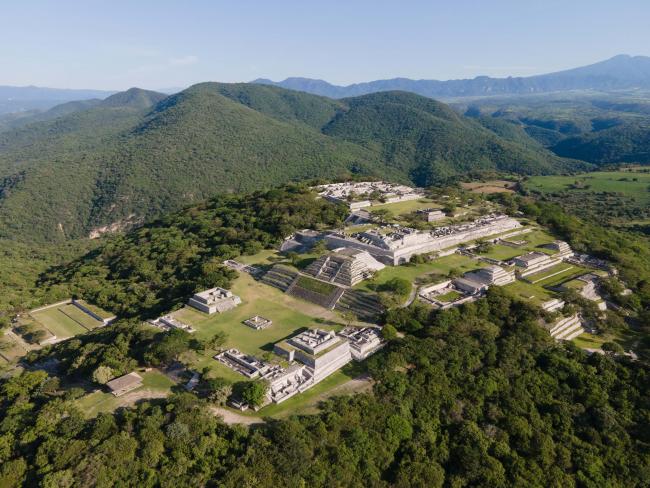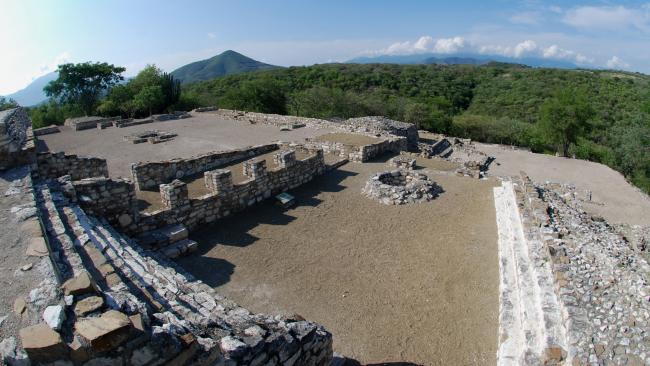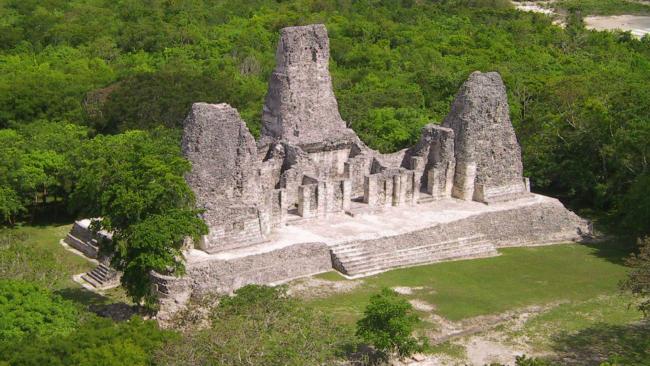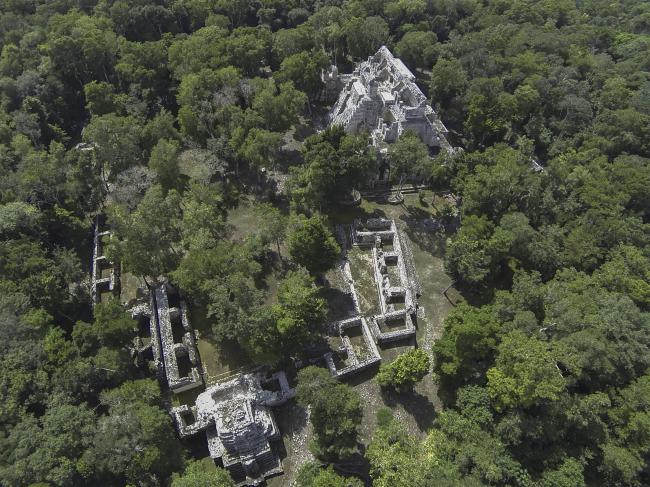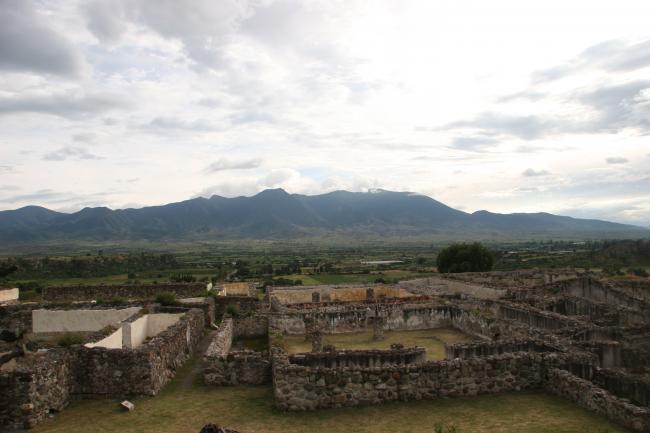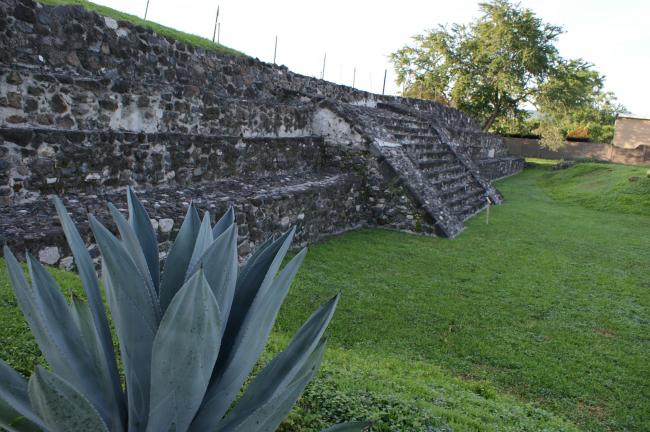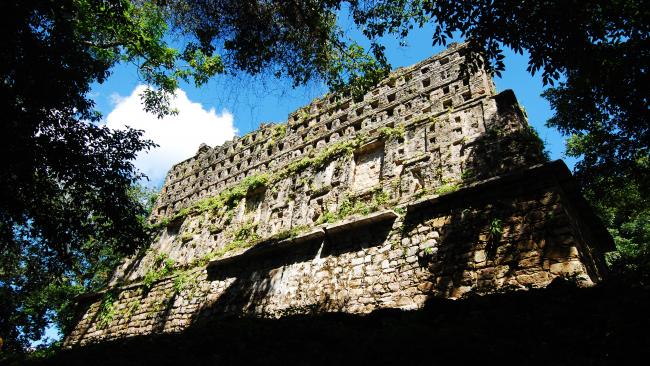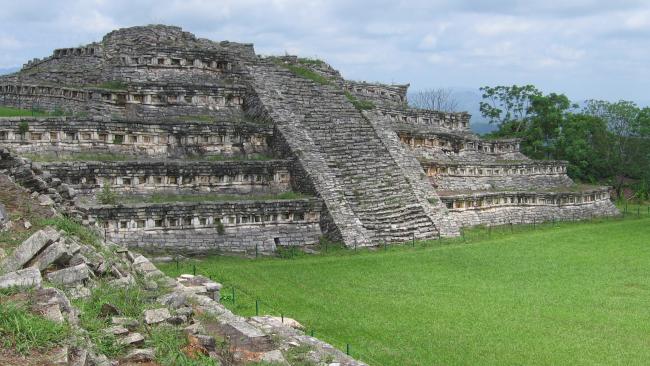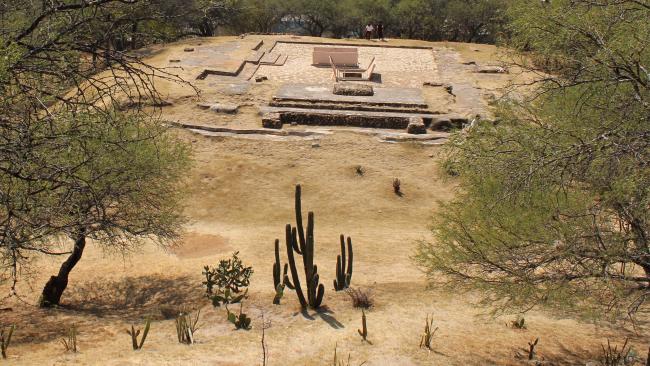
Zonas Arqueológicas
Xihuingo
Ancient settlement of hunter/gatherers and farmers, founded twenty centuries ago, influenced by Teotihuacan. It became a distribution center for the Acolhua, situated between the Altiplano (high plateau) and the Gulf Coast. There are notable cave paintings at Tres Peñas and El Tecolote.
Xlapak
Twelve and a half centuries ago, the city of Xlapak supplied the Puuc region with agricultural products from land that was very fertile but lacked rivers. Medium-sized buildings are still standing, most notably The Palace, which is finely decorated with stucco facade masks of Chaac the rain god…
Xochicalco
An indigenous city built on the top of the Xochicalco hill possibly for visual dominance of the landscape. The ancient settlers built walls, moats and large access roads for absolute control of their entrances.
Their knowledge in engineering, environment, astronomy, construction, and…
Xochipala
Famed for the mastery of its artisans who made extraordinary sculptures, masks, figures of animals and objects for rituals from jade and jadeite. It presents remarkable palace architecture and had the largest Mezcala culture population, in what is today the state of Guerrero.
Xpuhil
Monstrous serpent jaws are depicted at the entrance to the temples. This is associated with the Río Bec style, in which the horizontal takes precedence together with pairs of high, narrow towers crowned with small temples. The three towers in the Building of the Towers have been standing for…
Xtampak
A preeminent Maya city, the capital of the Chenes for 850 years, it began to decline a millennium ago. Its monumental architecture, sculpture and pottery are incomparable in the region. Jade, obsidian and salt were brought here from Guatemala, central Mexico and the Yucatan peninsula.
Yagul
In the tenth century AD, the early inhabitants of the region of Yagul built communicating platforms across the hills that surround the Caballito Blanco plateau. On top of these they built pyramids, palaces, sepulchres and a great ballcourt. At one time they were all painted red, and they still…
Yautepec
The settlement’s development was influenced by Teotihuacan, the Toltecs and the Nahua. When it was occupied by the Tlahuica, who spoke Nahuatl, it dominated. Once the Triple Alliance was formed the Mexica conquered Yautepec and forced it to pay tribute. A beautiful pyramid has…
Yaxchilán
In the Lacandon forest, on the banks of the Usumacinta River, lies this imposing city with beautiful architecture and sculptures. There are 124 remarkable inscriptions on stelae, altars and lintels, recording the acts of its governors, ceremonies, battles, rituals and daily life.
Yohualichan
A Totonac settlement and important ceremonial center established high in the Sierra Madre. Notable for its monumental architecture with the characteristic niches of the region. Its ballcourt is one of the largest in Mesoamerica.
Zaachila
A Zapotec-Mixtec city still lived in when the Spanish arrived and governed by king Cosijoeza. It is known for its architecture and the tombs discovered here including one with a rich offering of gems and objects made from gold and precious metals.
Zultepec-Tecoaque
Important Acolhua settlement, played an important role in the control of the trade routes of the Triple Alliance (Tlacopan, Texcoco and Tenochtitilan) with an unusual circular pyramid dedicated to Ehécatl. This site is better known as the place where a group of Spaniards were captured and…

